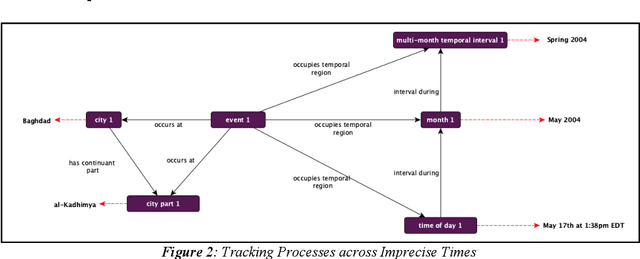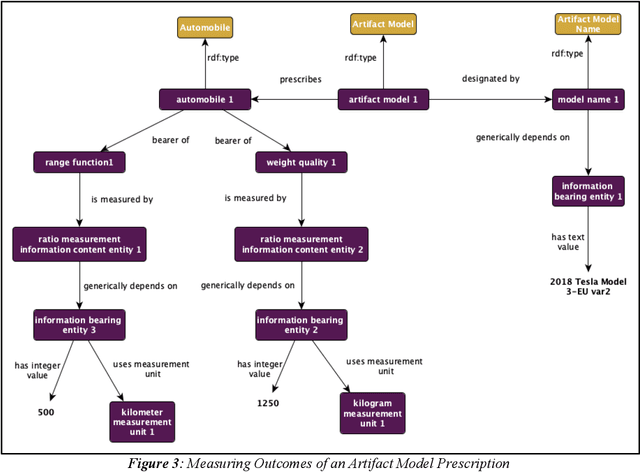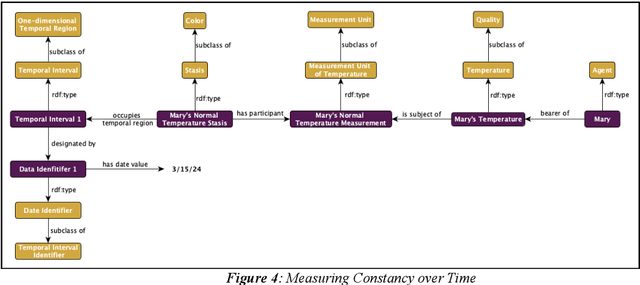Mark Jensen
Towards a Cyber Information Ontology
Jul 26, 2024Abstract:This paper introduces a set of terms that are intended to act as an interface between cyber ontologies (like a file system ontology or a data fusion ontology) and top- and mid-level ontologies, specifically Basic Formal Ontology and the Common Core Ontologies. These terms center on what makes cyberinformation management unique: numerous acts of copying items of information, the aggregates of copies that result from those acts, and the faithful members of those aggregates that represent all other members.
The Common Core Ontologies
Apr 27, 2024



Abstract:The Common Core Ontologies (CCO) are designed as a mid-level ontology suite that extends the Basic Formal Ontology. CCO has since been increasingly adopted by a broad group of users and applications and is proposed as the first standard mid-level ontology. Despite these successes, documentation of the contents and design patterns of the CCO has been comparatively minimal. This paper is a step toward providing enhanced documentation for the mid-level ontology suite through a discussion of the contents of the eleven ontologies that collectively comprise the Common Core Ontology suite.
Middle Architecture Criteria
Apr 27, 2024Abstract:Mid-level ontologies are used to integrate terminologies and data across disparate domains. There are, however, no clear, defensible criteria for determining whether a given ontology should count as mid-level, because we lack a rigorous characterization of what the middle level of generality is supposed to contain. Attempts to provide such a characterization have failed, we believe, because they have focused on the goal of specifying what is characteristic of those single ontologies that have been advanced as mid-level ontologies. Unfortunately, single ontologies of this sort are generally a mixture of top- and mid-level, and sometimes even of domain-level terms. To gain clarity, we aim to specify the necessary and sufficient conditions for a collection of one or more ontologies to inhabit what we call a mid-level architecture.
 Add to Chrome
Add to Chrome Add to Firefox
Add to Firefox Add to Edge
Add to Edge